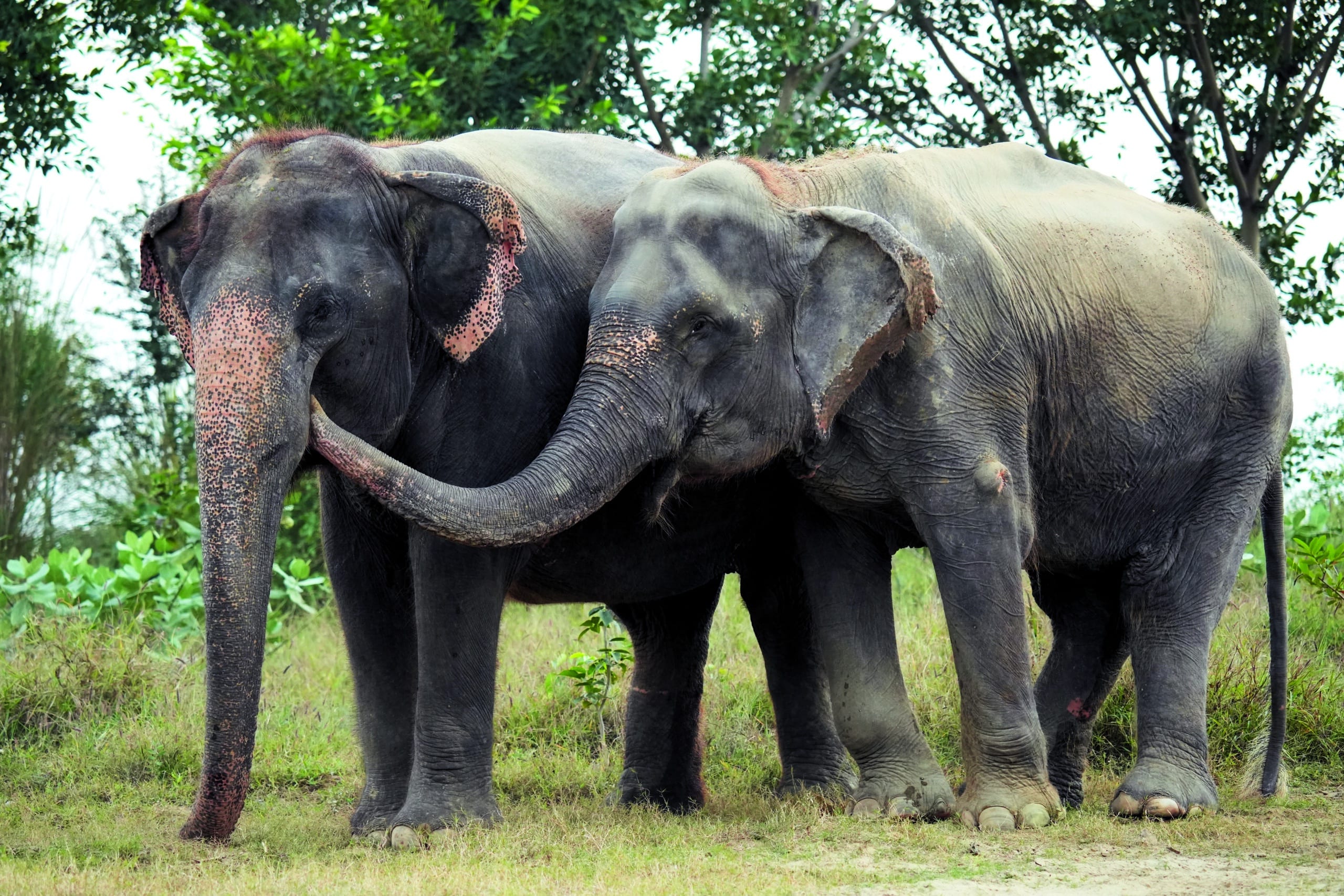You might remember Kalpana—I am happy to report that this year she celebrates her fifth rescue anniversary at Wildlife SOS. Formerly exploited and abused as a ‘begging’ elephant in Uttar Pradesh, Kalpana was rescued in 2019 and brought to the Wildlife SOS Elephant Hospital Campus (EHC) in Mathura for comprehensive...
You’d be forgiven for thinking that the very existence of national environmental laws creates an obligation on Environment Ministers to protect the environment. Unfortunately, it’s not that simple. Instead, their obligations are limited by the objects and duties that are specified in the law. And in the case of our national environmental law, the Environment Protection and Biodiversity Conservation Act 1999 (EPBC Act), there are big gaps and loopholes, including a total absence of duties, that are failing our nature terribly.
What are ‘objects’ and how are they currently represented in the EPBC Act?
Objects are usually located at the beginning of a law and outline the intended purpose of the law, for example “to provide for the protection of the environment, especially those aspects of the environment that are matters of national environmental significance”. They set out general aims or principles and are used to resolve areas of uncertainty and ambiguity in applying the law. However, objects themselves do not generally require any individual decision to be made in a particular way.
The EPBC Act currently has eight objects covering protection of the environment, particularly Matters of National Environmental Significance, and heritage; sustainable development and the conservation of biodiversity; co‑operative approaches to environmental protection at home and internationally; and consulting with indigenous peoples’ and recognising their knowledge and role in conservation.
What are ‘duties’ and does the EPBC Act have any?
A legal duty is a specific obligation created by the law. It requires a particular standard of action that can be enforced by those to whom the duty is owed. A duty includes things like requiring the laws to be used in a way that delivers on the objects. When there is a lack of specific duties in a law, this allows much more discretion in how the law can be applied. The current EPBC Act is desperately missing duties.
What needs to change?
Reformed national environmental laws must have a primary object, such as:
Conserve, protect and recover Australia’s environment, its natural heritage and biological diversity including genes, species and ecosystems, its land and waters, and the life-supporting functions they provide.
This primary object should be supported by secondary objects that provide more detail on how the primary object should be achieved. Secondary objects should maintain the current intentions of the EPBC Act but go further and require the Federal Government to:
- Provide national leadership on the environment and achieve ecologically sustainable development;
- Recover, prevent the extinction or further endangerment of Australian plants, animals and their habitats;
- Ensure fair and efficient decision-making; including early and ongoing community participation in decisions;
- Recognise Aboriginal and Torres Strait Islander peoples’ stewardship and knowledge of Country, and foster the involvement of First Nations peoples in land management;
- Fulfil Australia’s international environmental obligations and responsibilities;
- Recognise and promote the intrinsic importance of the environment and the value of ecosystem services to human society, individual health and wellbeing;
- Recognise climate change impacts and the urgent need to reduce emissions in line with the Paris Agreement 1.5°C temperature limit; and
- Note the contribution of biodiversity to climate change mitigation, the importance of adaptation and resilience, and need to protect carbon sinks.
New objects would be made more effective if they were supported by positive obligations on decision makers to deliver on them. That is, the reformed laws must also include duties which will apply to all.
These duties would require Environment Ministers and agencies to make decisions under the laws in a way that achieves the objects of the laws and provide an avenue for the community to enforce those duties if they aren’t met. They would apply to all aspects of the laws. Other duties could include a requirement to only make decisions that improve environmental values and the ecological character of protected matters; address the climate crisis by acting consistently with emissions reduction targets and carbon budgets; be consistent with the principles of ecologically sustainable development; and ensure key biodiversity protections (such as recovery plans) are used and are effective.
What comes next?
A key indication of whether the Government is serious about delivering stronger nature laws will be whether there are clear objects and duties under those laws. Combined with National Environmental Standards (which will support the objects and duties and provide more guidance of the standard that must be achieved through individual decision making – read more here!), the objects and duties of new laws will set the frame for the implementation of the laws over the next 20 years. For nature’s sake that frame needs to be strong.
Download a PDF version of this blog, so you can print and share with your Member of Parliament

Learn more about what we need to achieve stronger laws for Australian nature. Read our other Nature Law Explainer blogs:
- What are National Environmental Standards and why do we need them?
- Community Rights in Decision Making
- The importance of an “EPA”
- Critical habitat needs protection
- Managing wildlife trade
- Strengthening Conservation Planning
- Climate change
- Nature Laws Explainer: Protecting Marine and Migratory Species
- Regional Planning
- What are biodiversity offsets? (Part 1)
- What are biodiversity offsets (Part 2)
- What ‘triggers the EPBC act?
- Strong nature laws shouldn’t be undermined by exemptions
- Environmental assessments and decision-making
Image: iStock Kamada Kaori


